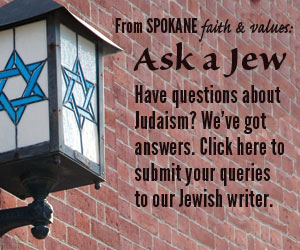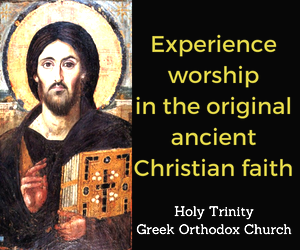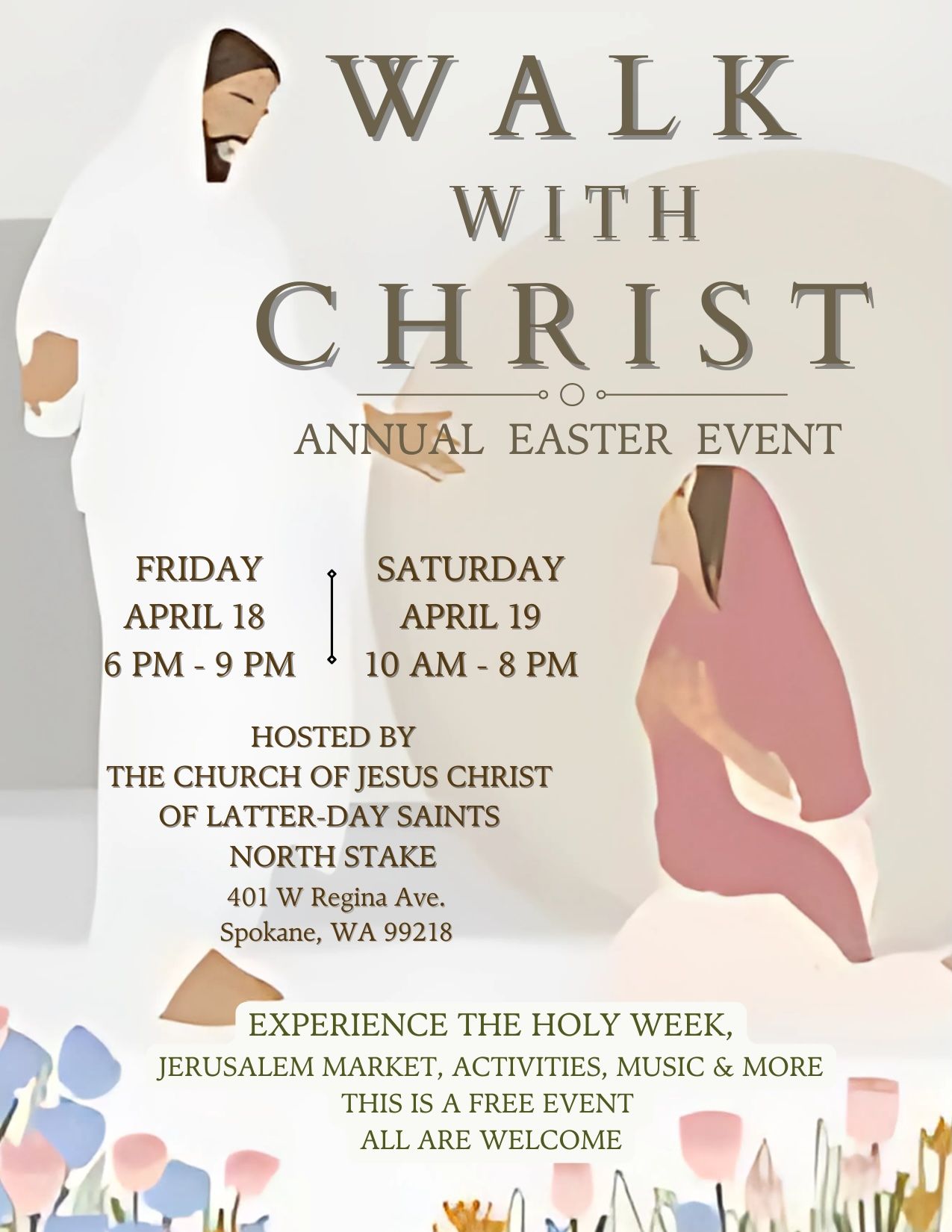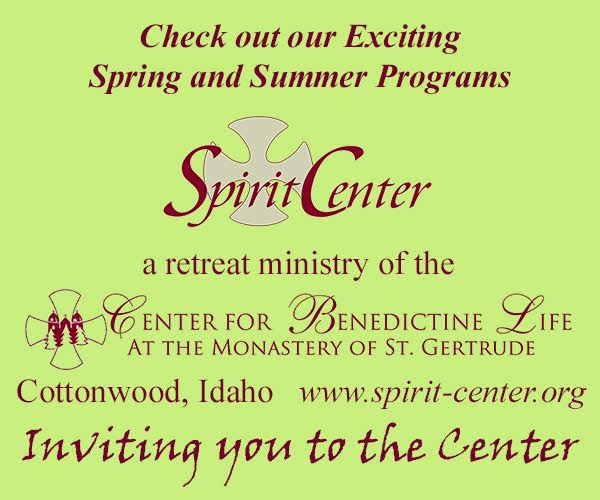What questions do you have about Judaism? Submit them online, or fill out the form below.
What are the most important rituals in the lifetime of a Jew?

A naming ceremony, without circumcision, may take the place of a brit milah if a Jewish infant is female. However, some Jewish parents of male infants now choose a brit shalom ceremony, which does not involve circumcision. This ceremony is accepted by Humanistic Judaism but not officially by Reform or Reconstructionist Judaism, though some Reform or Recon rabbis may be willing to perform it anyway.
A boy or girl’s ceremonial entry into adulthood in the Jewish community, the bar or bat mitzvah, traditionally occurs at the age of 13 or 12, respectively.
A Jewish wedding traditionally includes a ketubah, or marriage contract, which is generally signed by two witnesses and may be in Hebrew and/or English. The ketubah tends to be ornate and is framed and hung in a place of honor in the new couple’s household. A chuppah, or wedding canopy, is also part of the traditional Jewish wedding ceremony. The chuppah represents the home that the new couple will build together. It is usually open on all four sides, which many Jews consider symbolic of hospitality or openness to guests, family, and friends.
As pretty much every movie or TV show that features a Jewish wedding has demonstrated, the breaking of a glass is also part of a traditional Jewish wedding. Many explanations exist for this tradition. One of the most commonly heard is that even at joyous events such as weddings, Jews remember and mourn such tragedies as the destruction of the Temple. Rabbi Maurice Lamm’s book “The Jewish Way in Love & Marriage” and countless other texts describe this idea in greater detail.
Jewish funerals traditionally occur very soon after the deceased has died. A service may occur graveside followed by a reception at a synagogue or at the family’s home. According to Jewish tradition, the deceased should be buried in a simple wooden box. Family members of the deceased have specific roles to perform, and often some or all of the family will sit shiva for a week as a ritual of mourning. (For relatively accurate portrayals of this ritual in popular culture, see the TV show “Transparent” or the film “This Is Where I Leave You.”)
In Judaism, accompanying the dead for burial and comforting the mourners are both important mitzvot (commandments from God). At a graveside service, attendees will be encouraged to say the Mourner’s Kaddish and then to shovel a small amount of earth onto the casket. This ritual is meant to reinforce the idea that the entire community is actively participating in the funeral and the mourning process — it takes a village, or maybe a shtetl, to mourn someone. Funeral attendees may use the backside of the shovel to put the dirt on the casket, as a way of emphasizing the difficulty and unusual nature of the task.









